In 2023, Second Chance had a 97% Save Rate (the same as in 2022). You may ask: what does that mean, and why wasn’t it 100%?
While tales of happy adoptions are our favorite stories, sometimes adoption is not an option. Like all animal shelters and rescues, we strive to do what is best for the pets who come through our doors. Sometimes the end of the story is not wagging tails and happy purrs.
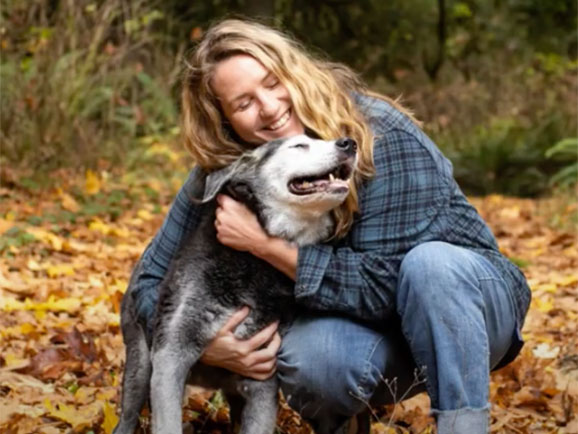
Euthanasia is a fact in the animal rescue world. Shelter Animals Count estimates that approximately 690,000 shelter animals were euthanized in the United States in 2023. They further estimate that 330,000 cats and 360,000 dogs were euthanized. In recent years, there has been a rise in non-live outcomes (euthanized or died in care) with 24% more dogs than in 2022 and 8% more cats. At Second Chance, our non-live outcomes were 14 in 2022 and 11 in 2023.
Understanding non-live outcomes means understanding how pets die at a shelter. Orphan kittens account for a good percentage of shelter deaths. Even in a healthy litter raised by a mom, some kittens may die from illness and genetic issues.
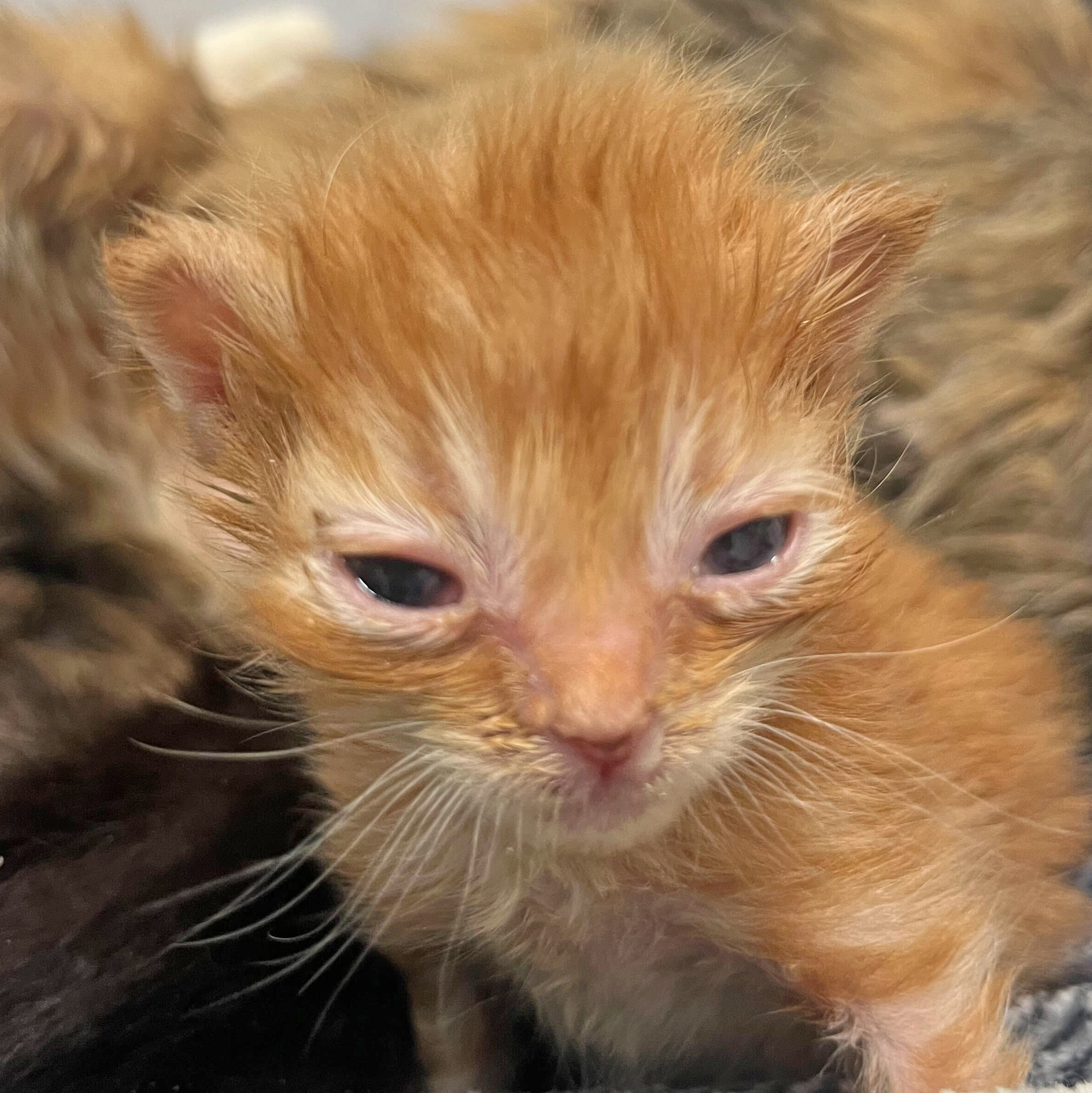
At Second Chance, we are fortunate to have the resources to try to save every pet who can be saved. We sometimes must decide to humanely euthanize. Our criteria is clear- we only euthanize for health or safety. If a pet is just too sick sometimes the humane choice is to end suffering. Sometimes the safety of staff, volunteers, and our community is the deciding factor to euthanize a pet. We rarely make that difficult decision.
We are often asked if we are a “no-kill” shelter. This label doesn’t mean that every pet is saved. Best Friends defines no-kill as a 90% save rate. They estimate that the number of pets suffering from irreparable medical or behavioral issues is not more than 10% of all dogs and cats entering shelters. The term has been divisive, bringing shame and judgment to small, under-resourced, and over-crowded shelters. Here at Second Chance, while we meet the criteria, we choose not to use that divisive label.
There are shelters in our region where healthy, adoptable pets are euthanized because the shelter has no more space to house them or no more funds to care for them. In municipal shelters, they are required to take in all stray animals. They have rising numbers of incoming pets, more behavior issues, limited veterinary support, and few options to create space. We do our best to help those shelters that are out of space and out of options.
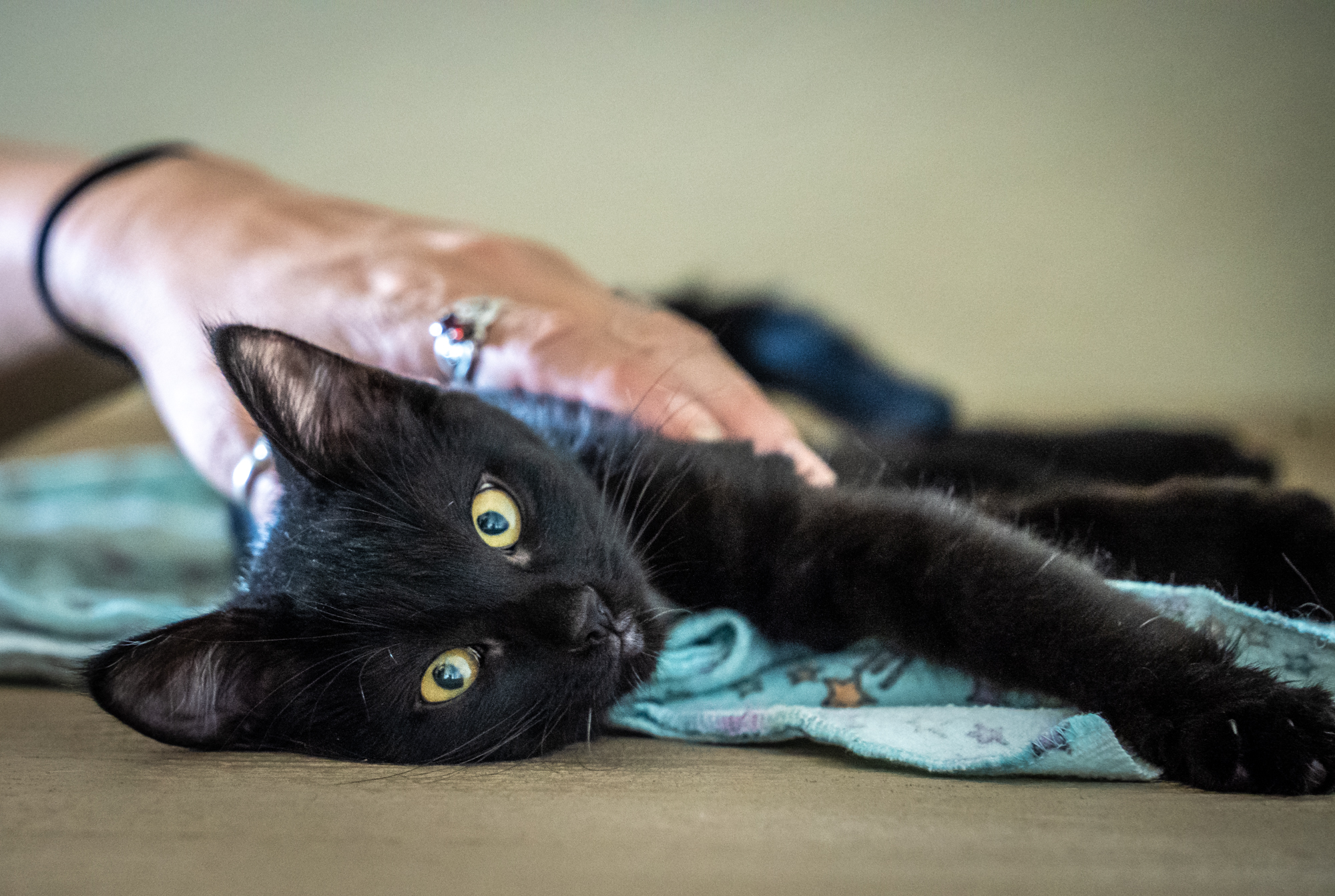
One final, encouraging statistic: Nationwide 4.8 million pets were adopted from shelters in 2023. This is 109,000 more dogs and 34,000 more cats vs. 2022. At Second Chance, we saw 59 more pets go to loving homes last year. We also saw more stray pets come in, and significantly more of them were returned to their families. Every person in our organization is committed to adopting homeless pets into loving homes and our numbers continue to show that we are making a difference.
Danny is an all-black dog who weighs 75 pounds. He is about 1-year-old. Danny loves to be with people and is a very happy, goofy boy. Danny would benefit from continued training and obedience. He has a lot of energy and would make a great running or hiking buddy. He loves swimming
For thirty years, the Animal Resource Center and Shops of Second Chance Humane Society have been serving Ouray, San Miguel, and Montrose Counties. Our adoption hours are from Wednesday to Sunday, 11 a.m. to 5:30 p.m. You can view our shelter pets and services online at www.secondchancehumane.org. Connecting Pets, People, and Community While Saving Lives.

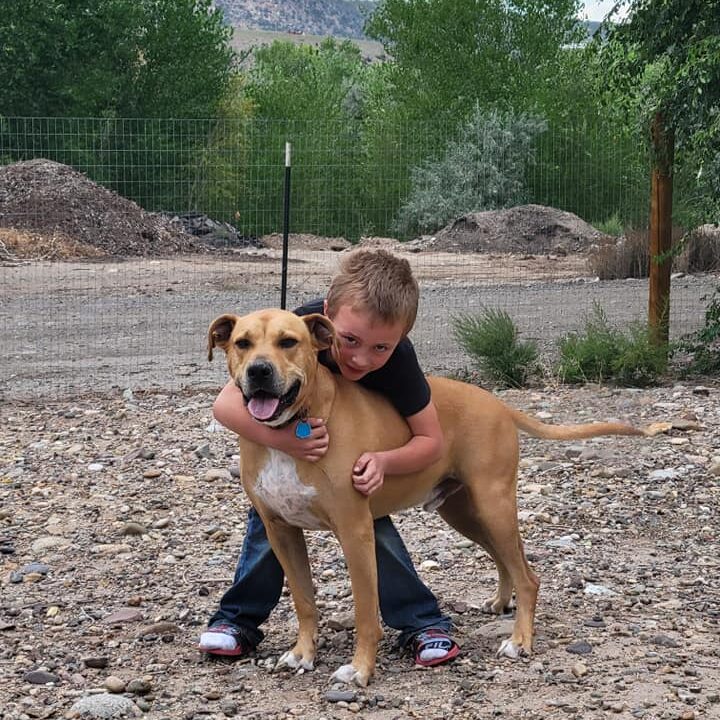

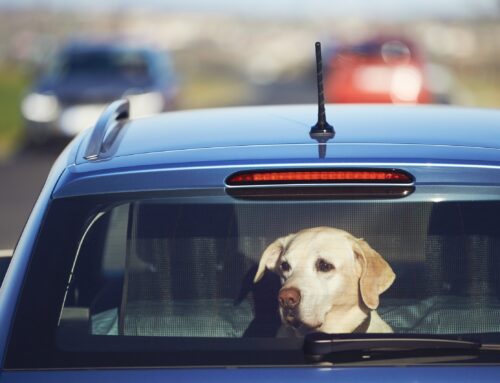

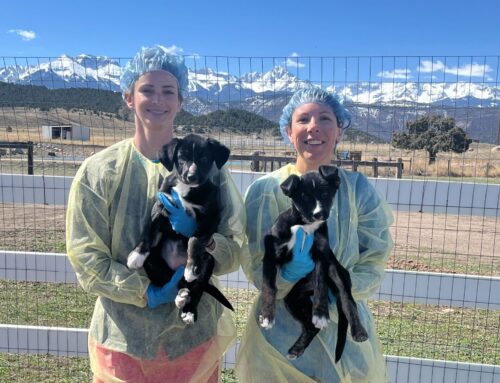
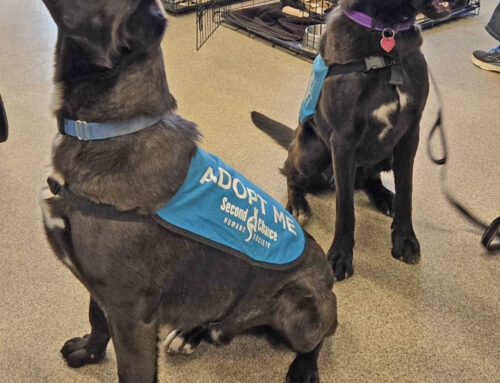
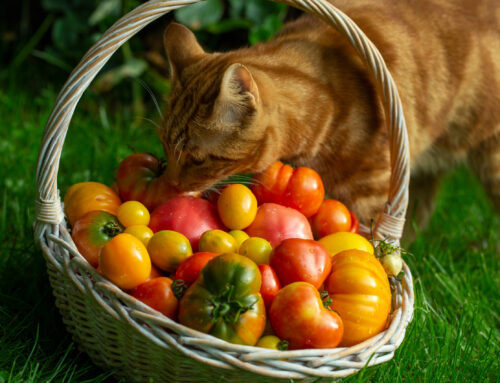
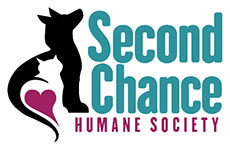
Are you providing vaccinations, annual exams and tooth cleaning now?
Nancy & Blossom (5/2020 Second Chance rescue